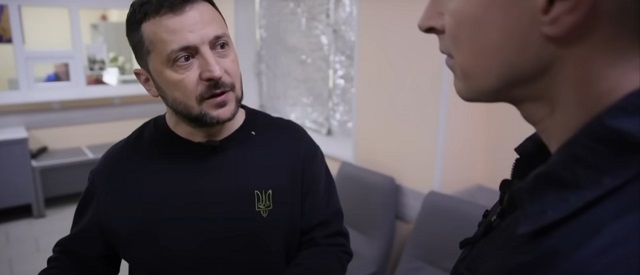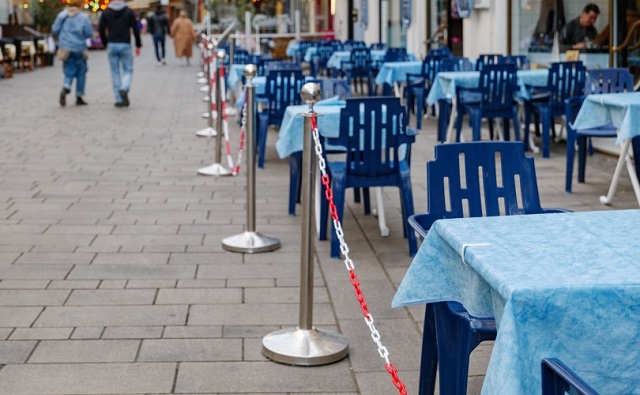National
Furey a major contrast with Trudeau on affordability
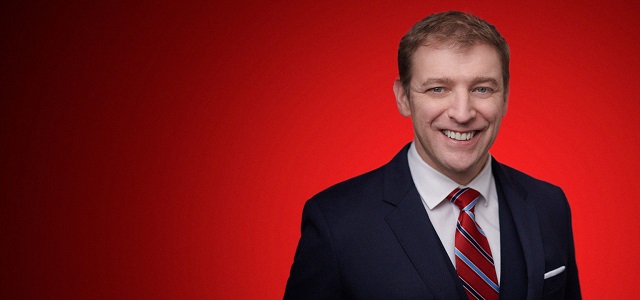
From the Canadian Taxpayers Federation
Author: Jay Goldberg
If Canadians want to find an example of a Liberal politician who cares about affordability, they should look to St. John’s, not Ottawa.
Time and time again, Newfoundland and Labrador Premier Andrew Furey has stood on the side of taxpayers.
The latest example is his government’s decision to extend its 8.05 cent per litre gas tax cut for another year.
The gas tax cut has been in place for 21 months and has saved the average two-car Newfoundland and Labrador family more than $800. Another 12 months of lower gas prices will see family savings soar to more than $1,000.
Furey first announced the temporary tax cut in June 2022 and has now extended it twice.
The Furey government has also spoken out strongly about the detrimental impact of the carbon tax on Newfoundlanders and Labradorians.
In criticizing the Trudeau government’s carbon tax late last year, Furey noted “there is no subway” for his constituents to take as an alternative to the ever-increasing costs of driving a car to get to work or to bring kids to school.
That comment was a jibe at the infamous remarks federal Finance Minister Chrystia Freeland made when encouraging Canadians who can’t afford to pay the carbon tax to bike or take transit.
Furey noted if rural Canadians don’t have other transit options – and many don’t – then “the fundamental premise on which the [carbon tax] is based is flawed.”
Furey was also a leader in calling on Trudeau to take the carbon tax off all home heating, noting repeatedly that heating one’s home in Canada in the winter is not optional.
Under pressure, Trudeau finally did so through a temporary suspension of the carbon tax on home heating oil, which is a popular method of home heating in Atlantic Canada, but not in other regions of the country.
To Furey’s credit, he continued to call on the federal government to offer relief to Canadians who don’t use furnace oil for home heating.
Juxtapose that against the policies of Prime Minister Justin Trudeau.
Without campaigning on it, Trudeau sprung a carbon tax on Canadians in 2019. He’s increased it every year since. And he plans to keep jacking it up every year until 2030.
Trudeau has tried to sell his policies by claiming most Canadians are getting more money back from carbon tax rebates than they pay in carbon taxes. Many of Trudeau’s allies have suggested that somehow the carbon tax actually is an affordability measure.
But the Parliamentary Budget Officer has laid out the truth: the average Canadian family is losing money from the carbon tax, big time.
The average Newfoundland and Labrador family lost $347 from the carbon tax last year, even after the rebates. That’s set to climb to $1,316 a year by 2030.
For years, Trudeau told us families would be better off with the carbon tax. But after pressure from Furey and other Atlantic Canadian politicians, he temporarily removed the carbon tax on home heating oil for the next three years.
If that’s not a mea culpa that the carbon tax makes life less affordable, then Santa Claus and the Easter Bunny must be real.
The broader contrast between Furey and Trudeau is their approach to cost of living. Furey looks at what’s taking cash out of families’ wallets – gas and carbon taxes – and tries to lessen that burden by fighting for lower taxes. Trudeau’s solution to make life more affordable appears to be more taxes, more spending and more debt.
The bottom line is that Trudeau, who is sinking in the polls and faces frustrated taxpayers from coast to coast, should learn a thing or two from Furey. Canadians want life to be more affordable, and that means lowering the tax burden, not increasing it.
Frontier Centre for Public Policy
They spent $8,000,000 without putting one shovel in the ground
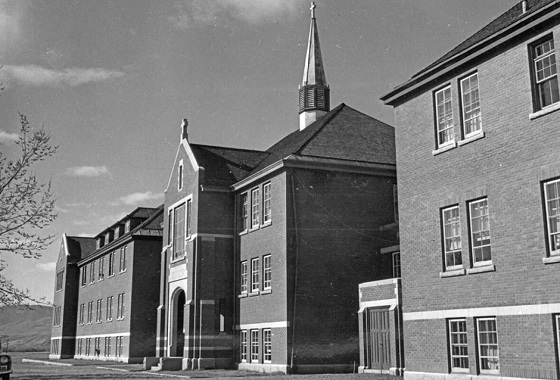
From the Frontier Centre for Public Policy
That’s how much money the Kamloops Band spent on…..exactly what we have no idea. If you remember, that indigenous band claimed that the people running the local residential school had, for unexplained reasons, secretly buried 215 of the students under their care. They had no evidence that would have stood up in any court in the western world to back up that highly unlikely claim. But the federal government immediately gave them $8,000,000 to……well, that’s the mystery. What did they spend that money on? They have not put one shovel in the ground, but apparently they have somehow spent the $8,000,000 of taxpayers’ hard earned money. It was claimed that the money would be used to uncover the “heartbreaking truth”. But the only heartbreaking truth seems to be the complete waste of tax dollars.But it gets worse. A whole lot worse.
Because the Trudeau government- in addition to lowering the flag for six months, and performing teddy bear pantomimes in community ceremonies – then went on to promise not just $8,000,000, but $320,000,000 – to any other indigenous community that wanted to make similar claims.
It should come as no surprise to any sentient being that dozens of poor indigenous communities immediately took the bait and claimed the prize.
So, the result is that hundreds of millions of dollars have been spent somehow. But with no graves found. In fact, none have even put a spade in the ground.
Well, that’s not completely correct. The Pine Creek community in Manitoba was absolutely convinced that the stories about indigenous children dying under sinister circumstances, and being secretly buried under the local church, must be true. After all, they had all heard those stories.
The stories weren’t true. Excavations went ahead, and what was found? Stones.
The stories about priest murders and secret burials are just that. Stories. Meanwhile, hundreds of millions of dollars that should be spent on useful endeavours – like providing better health care for indigenous and non-indigenous Canadians – are being wasted. Rural paramedic services are being constantly cut back, for example. How many rural residents- indigenous as well as non-indigenous- will die from heart attacks because the paramedics were simply too far away from them to get them to the hospital in time to save their lives.There’s no money to improve rural medical services because millions are being wasted searching for phantom “missing children” and “unmarked graves”?
Canadians are beginning to wake up to the fact that they have been had. Somebody is getting rich on all of this government largesse. But it’s not poor indigenous Canadians. They remain stuck on the bottom rung of the socio-economic ladder. And medical and other essential services go wanting, because of this complete waste.
So, are there people in “unmarked graves”?
Absolutely. Billions of them in fact. This planet is basically one huge graveyard. The number of marked graves, with headstones naming the person interred, is a tiny fraction of the billions of people who have died on this planet.
Are the remains of some of the children who died from disease while attending residential school in unmarked graves? Absolutely. For that matter, so are the remains of many of the children who attended day schools, or no school at all in unmarked graves. There is nothing sinister about this fact of life. It simply means that the families of those children did not keep up the graves and cemeteries where the children were interred. (The vast majority of children who died while enrolled in residential schools are buried on their home reserves). This is not a criticism of those families. In fact, some of those families might have died out, and cemetery upkeep became impossible. Others just had different priorities.
So, what we have is just a sad fact of life. Many children died of diseases a hundred plus years ago who would not have died today. Modern medicine is a wonderful thing. And indigenous children died in much greater numbers, for many different reasons. Tuberculosis, in particular, was a major killer of indigenous people.
In fact, tuberculosis is still 290 times higher in the indigenous community than in the mainstream community.
But the fact that death from disease was so much higher in the indigenous community than in the non-indigenous community has nothing to do with residential schools. It has nothing to do with the people running the schools, many of whom devoted their lives to working with indigenous people.
So, we come around to the question – why is $320,000,000 being spent to find the long lost burial places of children, simply because their families decided – for reasons of their own – to not keep up their gravesites? Because it is not true that there are thousands of “missing children” as alleged. Rather, as Professor Tom Flanagan puts it, in “Grave Error”, there are thousands of “forgotten children”. And as the special interlocutor, Kimberley Murray puts it, “These children are not missing, they are buried in local cemeteries”.
Perhaps that’s the reason that Murray’s upcoming National Gathering on Unmarked Burials has been postponed. Because there is nothing to say. Her six figure salary, and those of all of her staff and associates – to say nothing of the $320,000,000 that has been spent – somehow – on searching for phantom graves and phantom “missing children” – could have been better spent on the real needs of living children.
We are approaching the three year anniversary of the Kamloops claim that 215 children from the local residential school had been somehow killed and secretly buried in the apple orchard on the school grounds. There was no good reason to believe that highly improbable claim in the first place. It was only the foolish and emotional reaction of the Trudeau government, and the incompetence of the media that persuaded Canadians that they should take that nonsensical claim seriously in the first place.
It is time to get back to sanity. Treat those who claim – with no real evidence – that priests murdered and secretly buried children – exactly the same way that we treat those who claim that the Martians have landed, or that aliens have abducted their mothers.
Be polite. But don’t finance their delusions.
Brian Giesbrecht, retired judge, is a Senior Fellow at the Frontier Centre for Public Policy
Media
Trudeau’s Online News Act has crushed hundreds of local Canadian news outlets: study

From LifeSiteNews
Trudeau’s Online News Act, framed as a way to support local media, has hurt small media outlets while giving massive payouts to legacy media, a study has found.
According to a new study, Prime Minister Justin Trudeau’s Online News Act has successfully crushed local media outlets while mainstream media has remained relatively unaffected.
According to an April study from the Media Ecosystem Observatory, Trudeau’s Online News Act, also known as Bill C-18, has caused a 84 percent drop in engagement for local Canadian outlets, as Big Tech company Meta – the parent company of Facebook and Instagram – has refused to publish links to Canadian news outlets on their platforms.
“We lost 70 per cent of our audience when that happened,” Iain Burns, the managing editor of Now Media Group, which manages news posts for outlets serving smaller communities, revealed. He further explained that he experienced a 50 percent loss in revenue following the move.
“We’re not the only ones. Many, many outlets are in this situation,” Burns added.
The Online News Act, passed by the Senate in June 2023, mandates that Big Tech companies pay to publish Canadian content on their platforms. While the legislation promised to support local media, it has seemingly accomplished the opposite.
While Meta has blocked all news on its platforms, devastating small publishers, Google agreed to pay Canadian legacy media outlets $100 million to publish their content online.
The study, a collaboration between the University of Toronto and McGill University, examined the 987 Facebook pages of Canadian news outlets, 183 personal pages of politicians, commentators and advocacy groups, and 589 political and local community groups.
“The ban undoubtedly had a major impact on Canadian news,” the study found.
The study found a 84 percent drop in engagement for Canadian outlets, with small local news outlets being the most affected compared to larger government-funded outlets.
“Local news outlets have been particularly affected by the ban: while large, national news outlets were less reliant on Facebook for visibility and able to recoup some of their Facebook engagement regardless, hundreds of local news outlets have left the platform entirely, effectively gutting the visibility of local news content,” it explained.
However, LifeSiteNews has been relatively unaffected by the ban as viewership on its official Facebook page has remained relatively the same, similar to its Instagram account since most views already came from the United States.
Similarly unaffected was Meta: “We find little evidence that Facebook usage has been impacted by the ban.”
“After the ban took effect, the collapse of Canadian news content production and engagement on Facebook did not appear to substantially affect users themselves,” the study said.
While local media outlets’ viewership has declined thanks to Trudeau’s new legislation, larger media outlets have thrived due to increased payouts from the Trudeau government.
Legacy media journalists are projected to have roughly half of their salaries paid by the Liberal government after the $100 million Google agreement and the subsidies outlined in the Fall Economic Statement.
Mainstream Canadian media had already received massive federal payouts, but they have nearly doubled after Trudeau announced increased subsidies for legacy media outlets ahead of the 2025 election. The subsidies are expected to cost taxpayers $129 million over the next five years.
However, just as government payouts increase, Canadians’ trust in mainstream media has decreased. Recent polling found that only one-third of Canadians consider mainstream media trustworthy and balanced.
Similarly, a recent study by Canada’s Public Health Agency revealed that less than a third of Canadians displayed “high trust” in the federal government, with “large media organizations” as well as celebrities getting even lower scores.
-

 Automotive1 day ago
Automotive1 day agoForget Tariffs: Biden Should Look to Domestic Mining to Thwart Chinese EVs
-
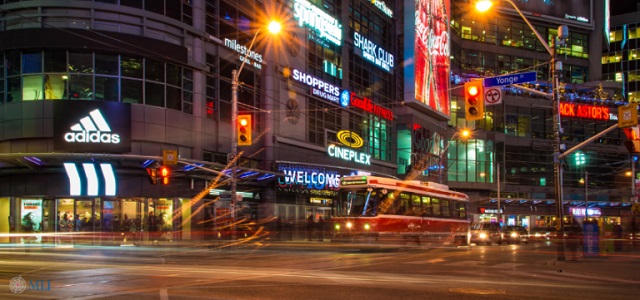
 MacDonald Laurier Institute2 days ago
MacDonald Laurier Institute2 days agoToronto’s “Sankofa Square” – The terrible folly and historic injustice of erasing the legacy of abolitionist Henry Dundas
-
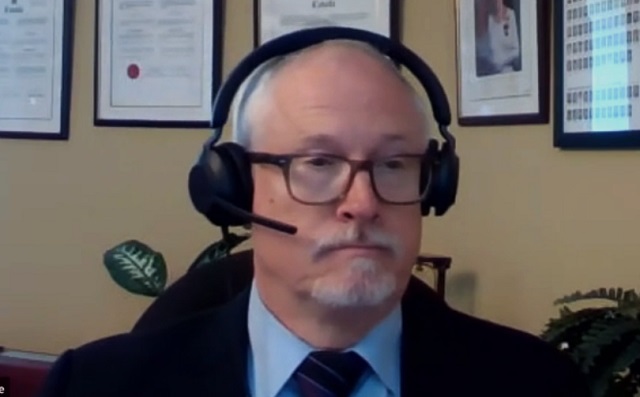
 Great Reset1 day ago
Great Reset1 day agoCanadian MP warns new WHO pandemic treaty may enshrine COVID-era freedom restrictions
-
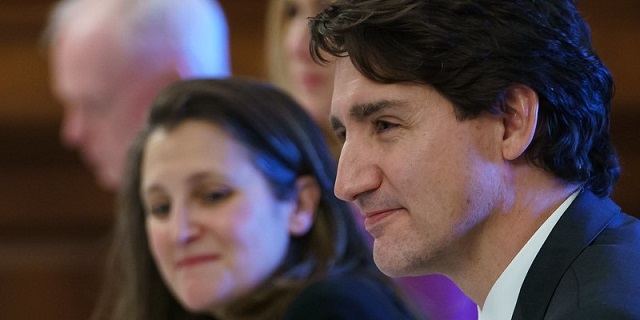
 Fraser Institute2 days ago
Fraser Institute2 days agoFederal government should have taken own advice about debt accumulation
-

 Media2 days ago
Media2 days agoTrudeau’s Online News Act has crushed hundreds of local Canadian news outlets: study
-

 Economy1 day ago
Economy1 day agoOil Lobby Working With Republicans Behind-The-Scenes To Push ‘Gateway’ To Carbon Tax
-

 Frontier Centre for Public Policy19 hours ago
Frontier Centre for Public Policy19 hours agoThey spent $8,000,000 without putting one shovel in the ground
-
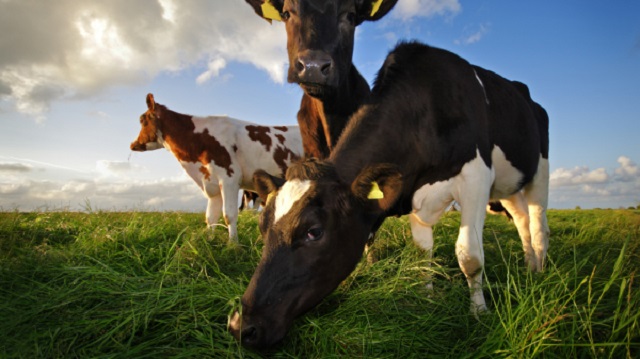
 Agriculture1 day ago
Agriculture1 day agoResearch Suggests Cattle Raising May Reduce Emissions



